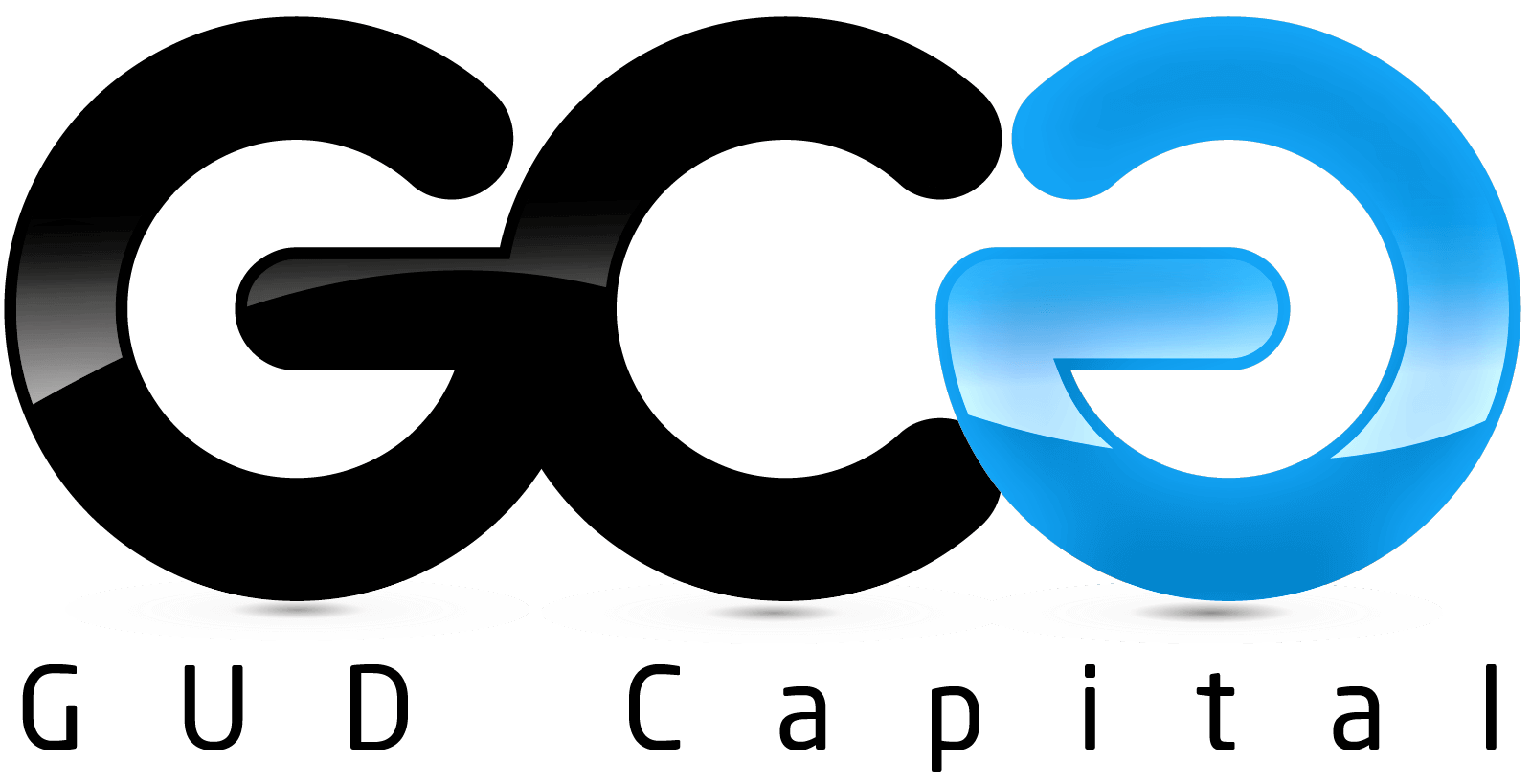Dermatology Industry Funding
As a whole, dermatology is estimated to be a $13-billion-dollar industry as it continues to be in high demand with booming trends. Dermatology professionals are currently ranked as one of the highest paid medical specialists, with only orthopedics and cardiologists earning more. It encompasses the branch of medicine dealing with skin, hair, nails, and its diseases with both medical and surgical aspects. Some fields within dermatology, consist of a specialist in the pathology of the skin, immune-mediated skin, excision of skin cancers, pediatric, and the study of skin disease at the population level. Thus, what is contributing to the dermatology industry thriving in 2018, are the high margin, high demand cosmetic procedures and products, an aging population and the prevalence of skin cancer, and consumer-centric approaches are among the most significant factors. However, a growing shortage of dermatology specialists has made it hard to adequately keep up with the high levels of demand that the industry has historically seen. The new specialists are being trained at a low rate with under 400 dermatology residency positions being offered in 2016. As a result, dermatology practices remain busy and in high demand for services.
Quick-jump to the following sections:
- Bank Lending
- Bank Line of Credit
- SBA Lending
- Unsecured Line of Credit
- Equipment Financing
- Cash Advance
Moreover, the industry currently has 9,000 practices, 34,000 employees, and 14,000 practicing dermatologist that have experienced growth because of their stable reimbursement environment and significant out-of-pocket consumer-pay revenue. They also are experiencing a high demand for medical ailments continue to be a vital business push for dermatology practices and the growing number of informed and empowered healthcare consumers concerned with their image. Therefore, to meet these new demands, dermatologists have begun to offer more and higher-margin cosmetic procedures. Only an exception are procedures such as Botox, soft tissue fillers, injections, chemical peels, and laser hair removal—in which all are cosmetic in nature and are paid out-of-pocket entirely and are minimally invasive making them pretty lucrative. However, in addition to cosmetic procedures, cosmeceutical products (products with biologic ingredients offering medical or pharmaceutical benefits) have become popular adding an annual $5.9 billion in sales; dermatologists are sold these products directly from pharmaceutical companies for sale at their offices.
The prevalence of skin cancer and the aging population has also been a major trend seen in the dermatology industry. As of 2014, 42% of dermatology patients are over the age of 60 and are expected to increase until 2030. Additionally, by 2019, there will be 54 million Americans over the age of 65 up from 46 million in 2014. A majority of success in this age group stems from the fact that the most common cancer is skin cancer, the most typical form of cancer with one in five Americans now poised to develop skin cancer in their lifetimes. So about half of the individuals who live to age 65 will either develop basal cell carcinoma or squamous cell carcinoma, sometimes called nonmelanoma skin cancer and melanoma is the fastest growing form of cancer. Hence, this has sparked a preventative and vigilant mentality in aging individuals, resulting in a total $7.5 billion in 2015 for skin disease treatment and is expected to reach $8.6 billion by 2020.
What can additionally be seen within the dermatology industry is the change in consciousness. Facilities and professionals have begun to transition from offering aesthetic treatments exclusively to promoting woman’s health and wellness in general. Now more than ever before, people are more concerned with their full-body health and not just laser or Botox treatments. Rather than treating surface-level issues, most companies are now embracing a complete solution with goals of helping patients feel better and not just look better. Dermatology practices have also undergone technological advances such as microneedling (collagen induction therapy) that has become the most popular treatment available and followed by body sculpting. Both have become familiar parts of the medical aesthetic experience as companies have either developed or are currently developing machines to support these services. Furthermore, there has been an increase in regulation and enforcement by state and federal agencies. Since the dermatology industry has been quite lucrative, it has also been accompanied with some scrutiny. Agencies such as the Food and Drug Administration (FDA), US Drug Enforcement Agency (DEA), and Occupational Health and Health Administration (OSHA), have all started to take a look at the industry more closely with the new treatment like microneedling mentioned earlier. They are also cracking down on cheap Botox that medical aesthetic facilities are purchasing from foreign countries, most notably China and are watching closely for newer procedures that are experimental by nature. Thus, with all the current changes and advances happening in the Dermatology industry, it is crucial to understand why some practices are becoming in demand and why some may be risky, as well as the specific demographics seeking treatment to serve them best and keep your company thriving.

Types of Dermatologist Loans & Working Capital
Dermatologists, along with every many other small business owners, will find that during their time in business they may have a need for capital. Such needs could include having money to purchase a practice, expand their dermatology practice, refinance their dermatology business debt, as well as just have capital to cover operational expenses. Below we will look at some of the most common financing options used by dermatologists.
Bank Dermatologist Term Loans
A bank term loan is the preferred choice among small business owners because banks offer term loans with the lowest rates, the longest terms, and the least amount of fees of all commercial lenders. Additionally, bank loans can be used for nearly every business purpose, including many uses dermatologists have, including purchasing a practice, refinancing and consolidating business debt, as well as general working capital purposes. But keep in mind that to get approved for a bank loan, you need to have fantastic credit and be profitable. Additionally, you’ll have to provide an extensive amount of business and personal information/paperwork.
| Rates | 5-15% |
|---|---|
| Terms | 1-30 years |
| Funding Amounts | $50,000-$5,000,000 |
| Collateral | Required |
| Fees | Medium costs |
Bank Line of Credit
This type of financing instrument is also a preferred choice among small business owners because of low rates and overall flexibility. A bank line of credit is a preapproved form of business financing that allows businesses to draw on funds as they need them. The advantages of a line of credit over a term loan is that you will only pay interest on the money you’ve drawn – not the overall approved funding amount. Again, as with a bank term loan, a business owner must have fantastic business and personal credit to get approved.
| Rates | 5-15% |
|---|---|
| Terms | 1-2 years |
| Funding Amounts | $10,000-$5,000,000 |
| Collateral | A/R Required |
| Fees | Medium costs |
Dermatologist Unsecured Line of Credit
This type of financing is, once again, a type of preapproved financing that allows the borrower to access cash whenever they need it, without having to seek further approvals from the lender. The difference between a bank line of credit and an unsecured line of credit is the collateral (or lack of collateral) required. Generally, a bank will require collateral for their line of credit, including Accounts Receivable and general business assets. An unsecured line of credit is solely-driven by the business owner’s credit score and doesn’t require pledging business assets to get approved.
| Rates | 0% for 12 months |
|---|---|
| Terms | 1-2 years |
| Funding Amounts | $10,000-$500,000 |
| Collateral | Not be Required |
| Fees | Medium costs |
SBA Dermatologist Loans
SBA loans for dermatologist are another fantastic option for business owner’s seeking bank-rate financing but have been unable to get approved until now. SBA loans are administered by the Small Business Administration, but the loans are provided by conventional banks, credit unions and nonprofit business lenders. SBA loans have rates that are comparable to other bank loans, as well as favorable terms and low-rates. The incentive for banks to provide SBA financing is in the SBA enhancement. With the SBA enhancement, the lender agrees to provide the loan with a guarantee by the SBA that a large portion of their losses will be covered by the U.S. government should the dermatologist fail to repay the loan. Just like with conventional financing, SBA loans require lots of paperwork, and can take 30-60 days to fund. But if you get approved, you are looking at some of the most affordable financing available to small businesses.
| Rates | 5-8% |
|---|---|
| Terms | 3-25 years |
| Funding Amounts | $50,000-$5,000,000 |
| Collateral | Required |
| Fees | Medium costs |
Dermatologist Equipment Leasing
Dermatologists rely on the latest equipment for their practices to keep up with the latest techniques and procedures. Such equipment can be pricey, and a dermatologist may not have enough cash on-hand to be able to cover the purchase price. While a loan may be a good option for some dermatologists, another option could be to lease the business equipment. Equipment leasing allows companies to acquire the latest business equipment without having to pay the full-cost of the equipment upfront. Additionally, by leasing equipment, you won’t be stuck with outdated equipment when newer equipment is released.
| Rates | 8-25% |
|---|---|
| Terms | 1-10 years |
| Funding Amounts | $5,000-$10,000,000 |
| Collateral | Required |
| Fees | Low to High costs |
Dermatologist Cash Advance
For dermatologists that either need funds immediately or have poor credit that has prevented them from getting approved by more conventional business lenders, an option for funding could be a dermatologist cash advance. A cash advance (or MCA) is the sale of the dermatologist’s future revenue for access to immediate cash. The sale of the dermatologist’s future business receivables (either merchant accounts transactions, or business bank account transactions) aren’t loans, but B2B sales to a funder at a discount. While this type of financing is easy to get approved for (often 90% of merchants are approved) it does come with a cost, as a cash advance is the most expensive type of commercial financing available.
| Factor rates | 1.10 – 1.50 |
|---|---|
| Terms | 3-24 months |
| Funding Amounts | $5,000-$2,000,000 |
| Collateral | Not required |
| Fees | Low to High costs |
Summary
As you can see there are conventional and alternative options to fund your dermatology business. Not mentioned above are the dozens of other options that are available. Making sure you get the right financing for your practice can save you thousands, or even tens of thousands of dollars. If you are a dermatologist looking for funding, and need help understanding your options, feel free to reach-out to one of our funding specialists, and we’ll help you navigate the process.





















